What Is Uv Haze Filter ?
A UV haze filter is a type of camera filter that is used to reduce the amount of ultraviolet (UV) light that enters the camera lens. It is primarily designed to minimize the bluish cast that can occur in photographs taken in outdoor settings, especially at high altitudes or in areas with strong UV radiation. UV haze filters are transparent and do not affect the overall color balance of the image. They are commonly used as a protective filter to shield the camera lens from dust, moisture, and scratches. Additionally, UV haze filters can also help improve image clarity and contrast by reducing the effects of atmospheric haze.
1、 Definition and Purpose of UV Haze Filters in Photography
A UV haze filter, also known as a UV filter, is a transparent filter that is commonly used in photography to reduce the effects of ultraviolet (UV) light. It is a clear glass or plastic filter that is placed in front of the camera lens to block UV rays from entering the camera sensor.
The primary purpose of a UV haze filter is to eliminate the bluish cast that can be caused by UV light. UV light is invisible to the human eye, but it can cause a hazy or foggy appearance in photographs, especially in landscapes or outdoor scenes. By using a UV haze filter, photographers can achieve clearer and more vibrant images with improved contrast.
In addition to reducing the bluish cast, UV haze filters also provide protection for the camera lens. They act as a barrier against dust, moisture, and scratches, which can potentially damage the lens. This is particularly useful in outdoor photography where the lens is exposed to various elements.
However, it is important to note that the use of UV haze filters has been a topic of debate among photographers. Some argue that modern digital cameras already have built-in UV filters, making the use of additional filters unnecessary. Others believe that UV filters can degrade image quality by introducing lens flare or reducing sharpness.
Ultimately, the decision to use a UV haze filter depends on personal preference and the specific shooting conditions. It is recommended to test the filter in different scenarios to determine its impact on image quality.
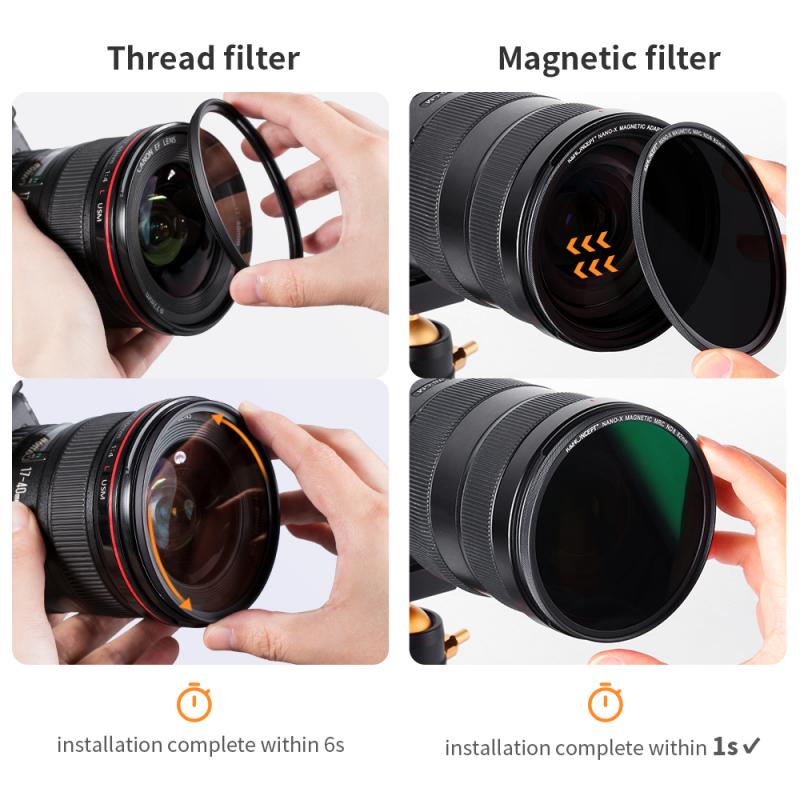
2、 Benefits and Limitations of UV Haze Filters
A UV haze filter is a type of camera filter that is primarily used to reduce the amount of ultraviolet (UV) light that enters the camera lens. It is designed to block out the UV rays that can cause a hazy or bluish cast in photographs, especially in outdoor settings.
The main benefit of using a UV haze filter is that it helps to improve the overall clarity and sharpness of images by reducing the unwanted UV light. This can result in crisper and more vibrant photographs, particularly in landscapes and outdoor scenes. Additionally, the filter can also act as a protective barrier for the camera lens, shielding it from dust, dirt, and scratches.
UV haze filters are particularly useful in high-altitude or coastal areas where the UV light is more intense. They can also be beneficial when shooting in snowy or bright conditions, as they can help to prevent overexposure and loss of detail.
However, it is important to note that UV haze filters may not be necessary for all situations. In some cases, they can cause a slight loss of image quality, such as reduced contrast or increased lens flare. Additionally, modern digital cameras often have built-in UV filters that can effectively block out UV light, making an external filter unnecessary.
In recent years, there has been some debate about the effectiveness of UV haze filters, as digital sensors are less sensitive to UV light compared to film. Some photographers argue that the impact of UV light on image quality is minimal and that using a UV haze filter is unnecessary. However, others still find value in using these filters for their protective properties and the slight improvement in image quality they provide.
Ultimately, the decision to use a UV haze filter depends on personal preference and shooting conditions. It is important to weigh the benefits and limitations of these filters and consider the specific needs of each photographic situation.
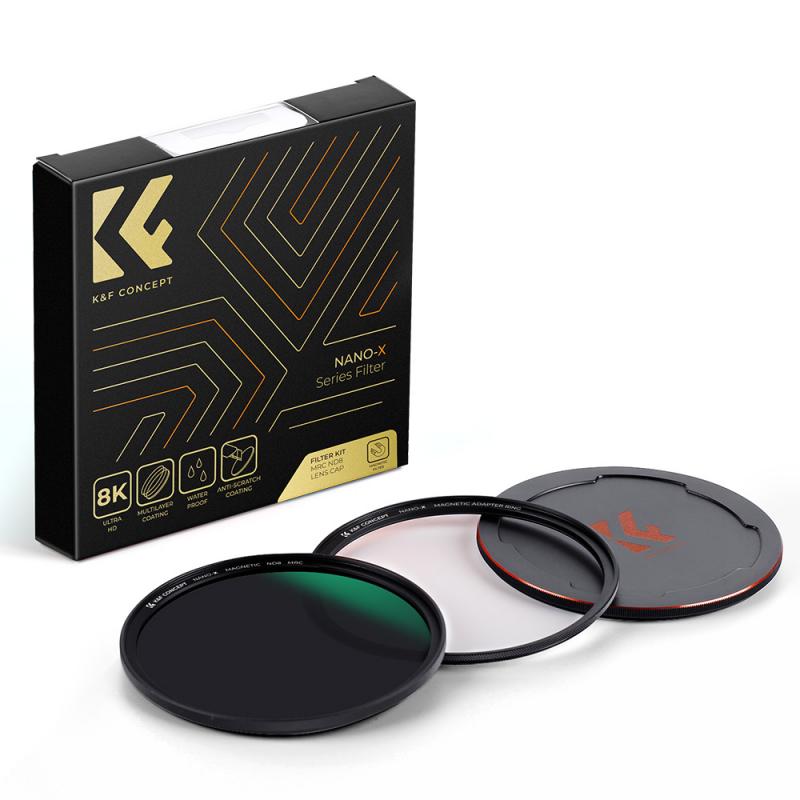
3、 Types of UV Haze Filters and Their Features
A UV haze filter is a type of camera filter that is primarily used to reduce the effects of ultraviolet (UV) light on photographs. UV light can cause a hazy or bluish cast in images, especially in outdoor photography, and can also lead to reduced contrast and image clarity. UV haze filters are designed to block UV light and improve the overall quality of the image.
There are several types of UV haze filters available in the market, each with its own unique features. One common type is the standard UV haze filter, which is a clear filter that simply blocks UV light without affecting the color balance of the image. These filters are typically made of high-quality glass or optical resin and are available in various sizes to fit different camera lenses.
Another type of UV haze filter is the multi-coated UV haze filter. These filters have multiple layers of anti-reflective coatings, which help to reduce lens flare and ghosting caused by reflections. The multi-coated filters also provide better light transmission and improved image quality compared to standard filters.
In recent years, there has been a growing trend towards using digital cameras and post-processing software to correct for UV haze and other image issues. As a result, some photographers argue that UV haze filters are no longer necessary. However, there are still many photographers who prefer to use UV haze filters as a preventive measure, especially in situations where post-processing may not be possible or desirable.
Ultimately, the decision to use a UV haze filter depends on the photographer's personal preference and shooting conditions. While some may argue that UV haze filters are becoming obsolete, others still find them useful for improving image quality and protecting their lenses from dust, scratches, and other potential damage.
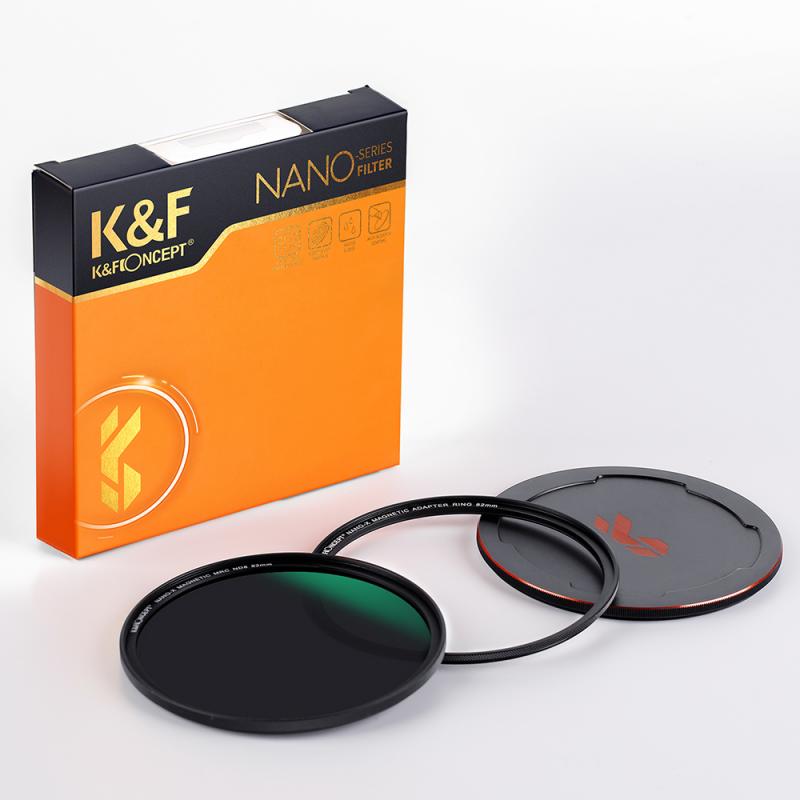
4、 How to Choose the Right UV Haze Filter for Your Camera
A UV haze filter is a type of camera filter that is primarily used to reduce the effects of ultraviolet (UV) light and atmospheric haze in photographs. It is a transparent filter that is placed in front of the camera lens to block UV rays and improve image clarity.
When choosing the right UV haze filter for your camera, there are a few factors to consider. Firstly, you need to ensure that the filter is compatible with your camera lens diameter. Most filters come in different sizes, so it is important to select the correct one.
Additionally, the quality of the filter is crucial. It is recommended to invest in a high-quality filter made from optical glass or coated with multi-layer anti-reflective coatings. These filters will minimize reflections and maintain the image quality.
Another important consideration is the filter's effectiveness in blocking UV light. Look for filters that have a high UV absorption rate to ensure that they effectively reduce the impact of UV rays on your photographs.
Furthermore, it is worth noting that some photographers argue that UV haze filters are not necessary in digital photography as modern camera sensors already have built-in UV filters. However, others believe that these filters still provide benefits such as protecting the lens from scratches, dust, and moisture.
In conclusion, when choosing a UV haze filter for your camera, consider factors such as compatibility, filter quality, UV absorption rate, and the latest viewpoints on the necessity of such filters in digital photography.
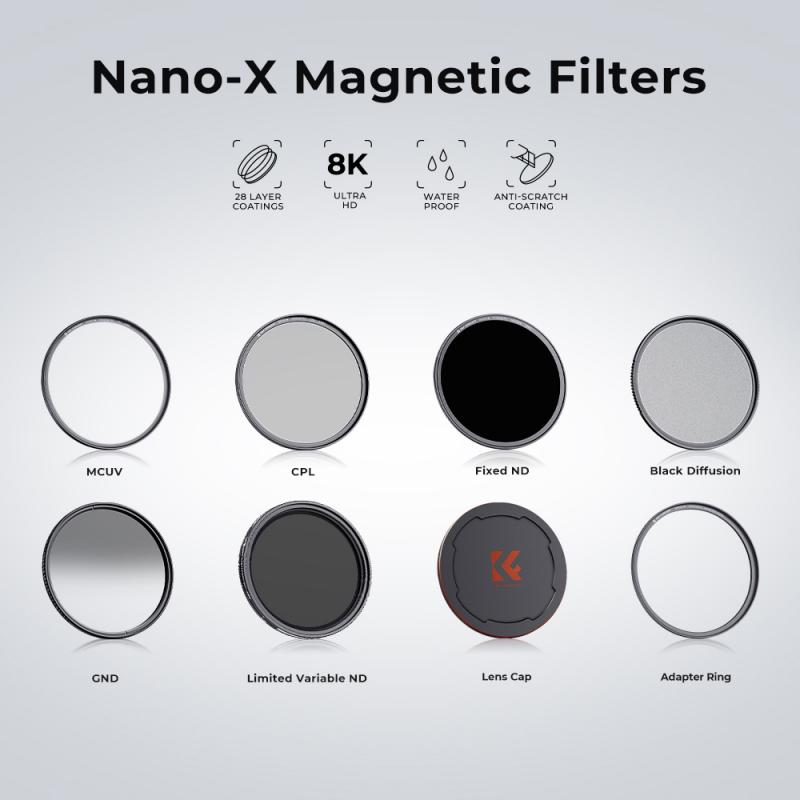



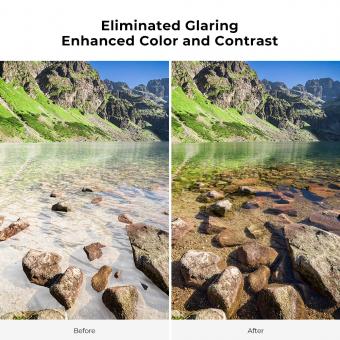
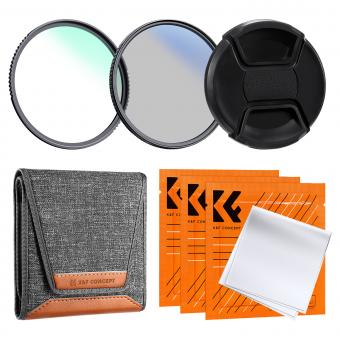



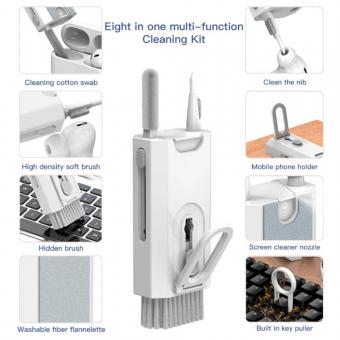




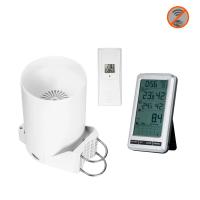



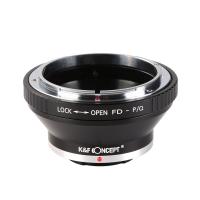
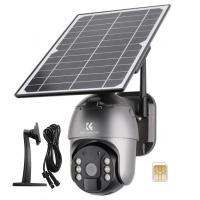

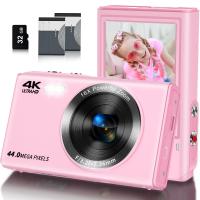
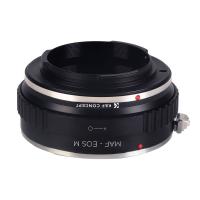
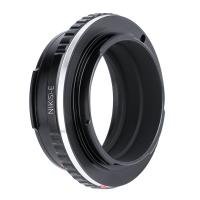





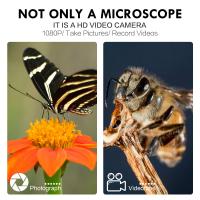

There are no comments for this blog.